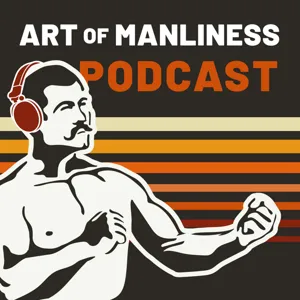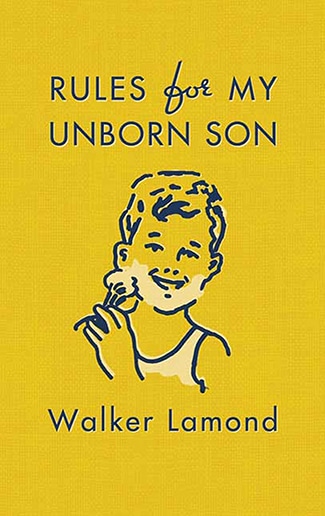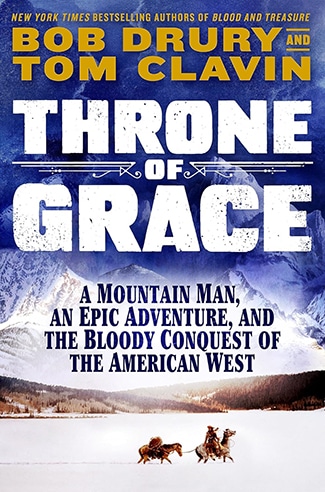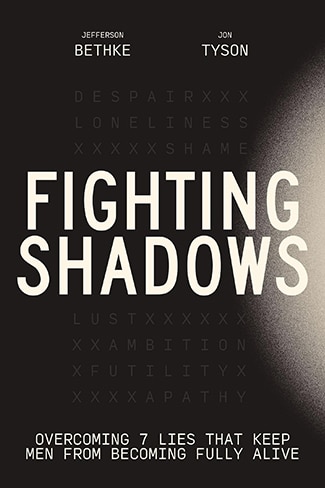Podcast Summary
The human fist evolved for fighting, not just tool use: Research suggests that human bodies, particularly male bodies, may have evolved to be effective fighters, challenging the commonly accepted theory that the ability to make a fist was for tool use only.
The ability for humans to make a fist and our propensity for physical aggression may be more interconnected than previously thought. Drs. David Carrier and Michael Morgan, guests on the Art of Manliness podcast, argue that the human fist evolved not just for tool use, but also for fighting. Their research, which caused a stir in academic and popular circles, suggests that the human body, particularly male bodies, may have evolved to be effective fighters. This idea stemmed from their earlier research on domestic dogs and the functional trade-offs between anatomy for efficient running versus effective fighting. They believe that the early human ancestors, or hominins, who were habitual bipeds and had some similarities to pit bulls, evolved to be both efficient runners and effective fighters. This theory challenges the commonly accepted theory that humans developed the ability to make a fist for tool use.
Human evolution and animal similarities suggest a period of specialized regression: Human aggression and violence may be inherent due to both environmental pressures and instinctual behaviors, with early humans' dependent offspring increasing competition and aggression among males.
The similarities in anatomy between early human ancestors and modern animals, such as dogs, suggest that humans may have gone through a period of specialized regression. Regarding the debate on human nature, it seems that the authors of the paper lean towards the idea that violence and aggression are inherent parts of human biology. The environmental pressures on early human social groups likely influenced the development of aggressive behaviors, which in turn affected evolution. Humans have unusually dependent offspring, which increases the level of competition and aggression within the species, particularly among males, who compete for access to females. It's a blend of both environmental factors and instinctual behaviors that shape human development and behavior.
Females play a role in competitive behaviors and mate selection: Females contribute to competitive behaviors and mate selection through dominance displays and evaluating mate quality, challenging the traditional view of males as the sole aggressors.
The role of females in the competitive behavior and violence among mammals, including humans, is often underestimated. While males are typically the aggressors, females also participate in these behaviors, particularly in asserting dominance and rating the quality of mates. Competition between males, often referred to as "ritualistic combat," is a common behavior across species, with the goal being to assert dominance rather than to kill. Humans also exhibit similar behaviors when angry, such as clenching a fist as a threat display. Overall, the discussion highlights the complex and nuanced nature of aggressive behaviors in mammals, involving both males and females.
Human hand proportions enable a fist: Unique hand proportions allow humans to make a fist, increasing force impulse and protecting the hand during confrontations
The unique hand proportions of humans, specifically the relationship between the length of the palm, fingers, and thumb, enable us to make a fist, which not only aids in grasping tools but also functions as a potential threat display and weapon. This ability sets humans apart from other primates, who lack the necessary hand proportions for a fully formed fist. Although a fist may not deliver more force than an open-hand slap, it offers increased force impulse and better protection for the hand's delicate anatomy, reducing the risk of injury during physical confrontations.
The human hand's proportions may have evolved for both manual dexterity and aggressive behavior: Research suggests that the human hand's proportions, which enable the formation of a fist, evolved for both increased manual dexterity and protection during aggressive behavior
The evolution of the human hand may have been influenced not just by manual dexterity, but also by aggressive behavior. The theory suggests that the hand's proportions, which enable the formation of a fist, evolved not only to provide us with a readily usable weapon and the ability to do more damage when striking, but also to protect our weapon when in use. However, some critics argue that this adaptation story is not necessary, suggesting instead that these hand proportions are merely a coincidence of the consequence of selection for manual dexterity. The researchers argue that this is not an either-or scenario, but rather an alternative explanation that complements the original idea. While primates in general have used their hands for manual dexterity, humans have taken it a step further with greater capacity. The researchers propose that starting with an intermediate hand between a chimpanzee hand and a human hand, selection for aggressive behavior could have played a role in the evolution of the hand's proportions and configuration, as well as that of the facial skeleton.
Our physical features evolved to suit ancient lifestyles: Hand proportions adapted for better manual dexterity and stronger facial skeletons emerged for physical confrontations, but modern human faces are less robust than in our evolutionary past due to dietary and social changes
Our physical characteristics, such as the proportions of our hands and the robusticity of our faces, have evolved to suit our ancient ancestors' lifestyles. Around five to six million years ago, our early human ancestors began to walk and run on two legs, and their hand proportions adapted to form a fist for better manual dexterity. At the same time, their facial skeletons became stronger and more robust, likely to better withstand physical confrontations. However, today's human faces are less robust and more fragile than they were during this period in our evolutionary history. This shift may be due to changes in diet and social structures that reduced the need for facial robustness. The discovery of these evolutionary trends was prompted by a critique of a previous study on hand proportions, which raised the question of why our faces didn't evolve to take punches if our hands evolved to make them.
Early humans' facial skeletons have become less robust over time: Over 2 million years, early humans' facial skeletons have become less robust due to reduced upper body strength and shifting targets during fights. Males have greater facial dimorphism and upper body muscle mass and skeletal support.
The facial skeleton of early humans has become less robust over the past two million years due to a reduction in upper body strength and a shift in targets during fights. The facial skeleton is particularly dimorphic between males and females, with males having greater robustness in the areas that tend to break during physical altercations. This trend can be seen throughout the body, with greater muscle mass and skeletal support in the upper body of males compared to females. These differences may be a result of sexual selection and the need for males to compete for resources and mates. Additionally, the targets of violence may have shifted from the face to the cranium with the use of tools as weapons around 3 million years ago.
The role of violence and aggression in human evolution: Human evolution was shaped by aggression and violence, resulting in physical features like larger shoulders and strong upper bodies. Though no longer necessary, these tendencies still exist and can be managed and used responsibly to promote peace.
Human evolution was significantly influenced by violence and aggression. Our physical features, such as larger shoulders and strong upper bodies, were likely developed as a result of ritualistic battles between males to establish dominance. These tendencies towards aggression were once critical to our survival, but in modern society, they have become displaced behaviors. While we no longer need to fight for food, mates, or territory, these tendencies still exist within us. Understanding the role of violence and aggression in our evolution can help us better manage these behaviors and use them responsibly. It also sheds light on human nature and challenges the notion of the "noble savage." Instead, we must acknowledge our violent past and present to move towards a more peaceful future.
Human nature: Aggression vs. Cooperation: Research suggests humans have both aggressive and cooperative tendencies, challenging the longstanding debate on human nature and paving the way for a more peaceful future
According to Dr. David Carrier and Dr. Michael Morgan's research, the human body may have evolved with a tendency towards aggressive behavior, but this does not make aggression the sole defining aspect of human nature. Instead, we possess both aggressive and cooperative tendencies. This debate about human nature, which has been ongoing for centuries, could potentially be resolved with this discovery, allowing us to focus on securing a more peaceful future. Their work, including papers on the proportions of the human face, the musculoskeletal system, and hand strain, can be accessed through various academic libraries or open-access journals like PLOS one and the Journal of Experimental Biology. For more information, visit The Art of Manliness website at artofmanliness.com or check out the show notes at aom.is/aggression. Remember, while we may have an innate tendency towards aggression, we also have the capacity for cooperation and empathy. Let's use this knowledge to create a more harmonious world.














